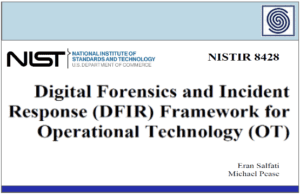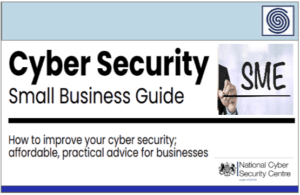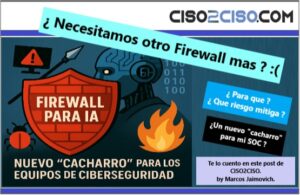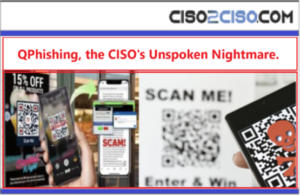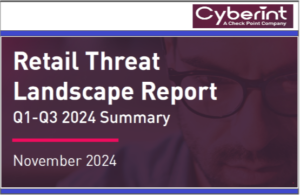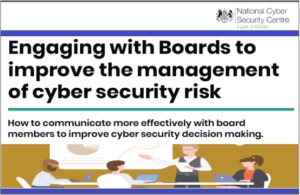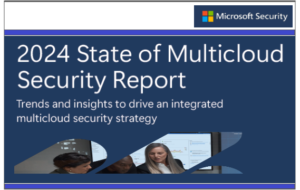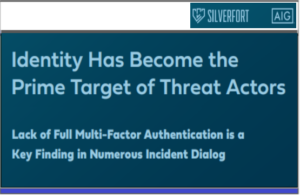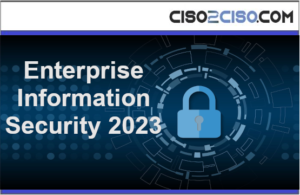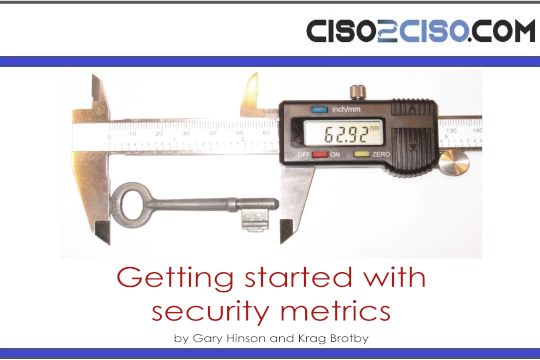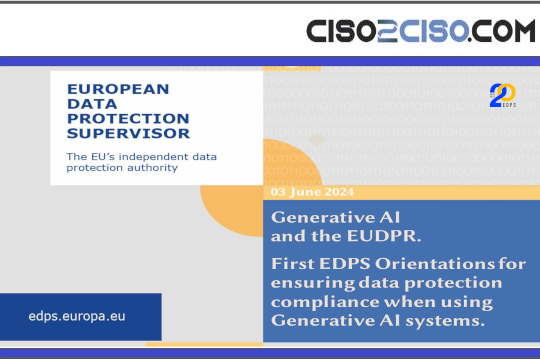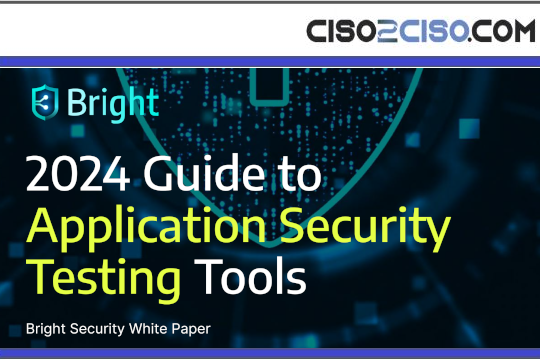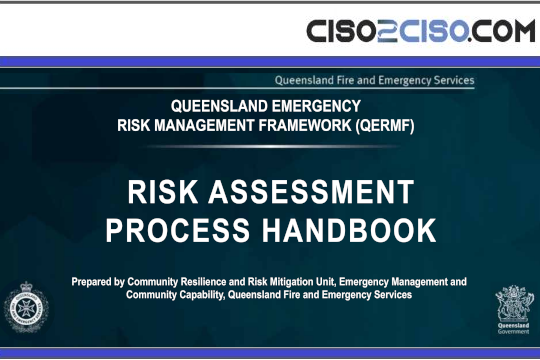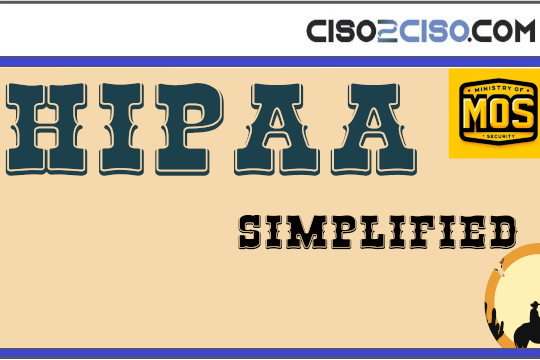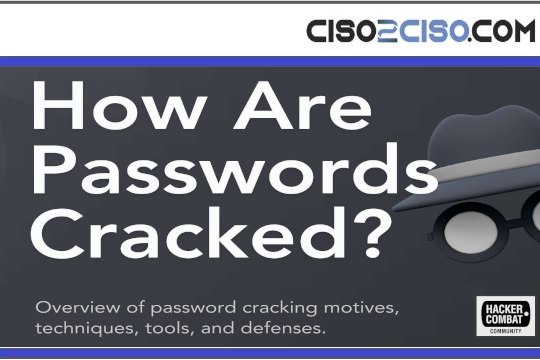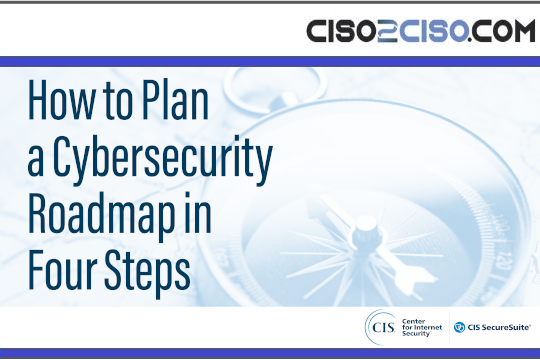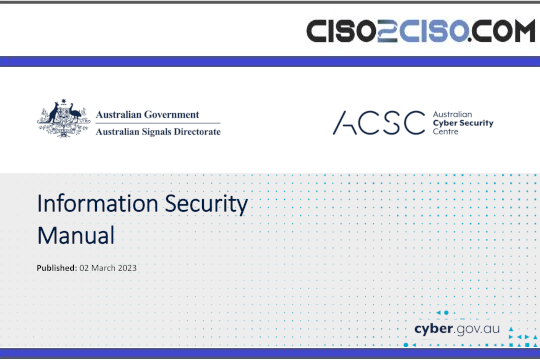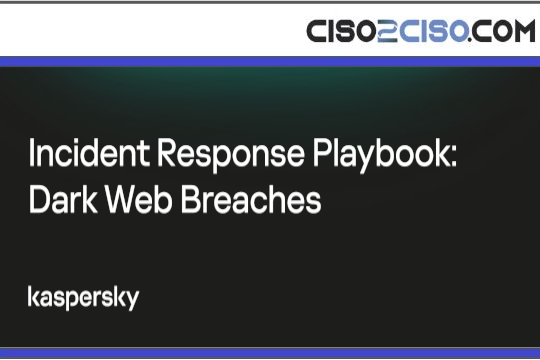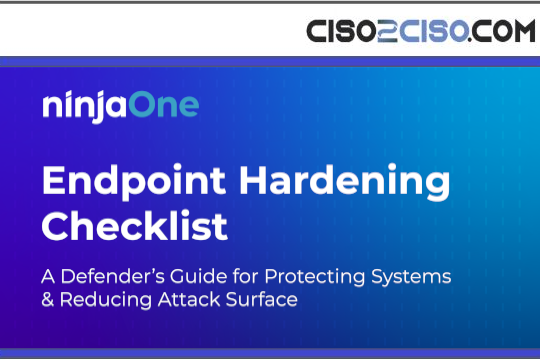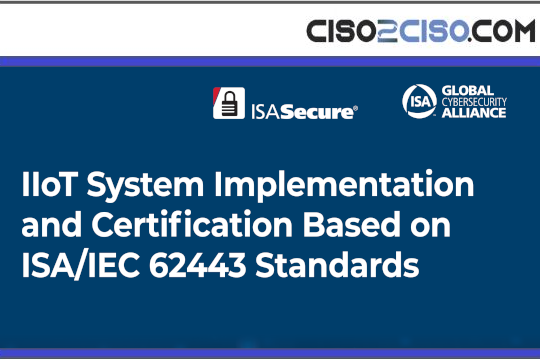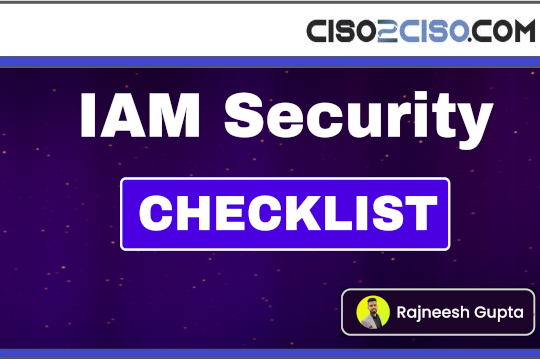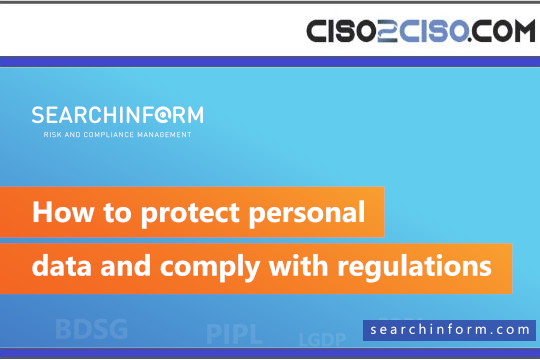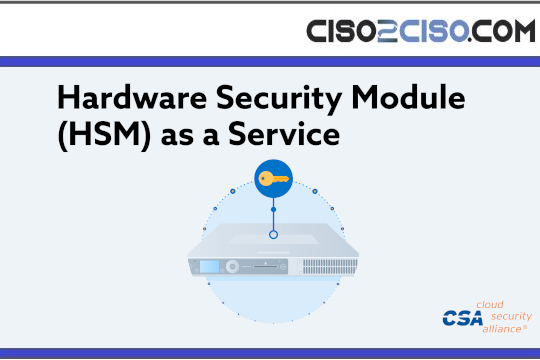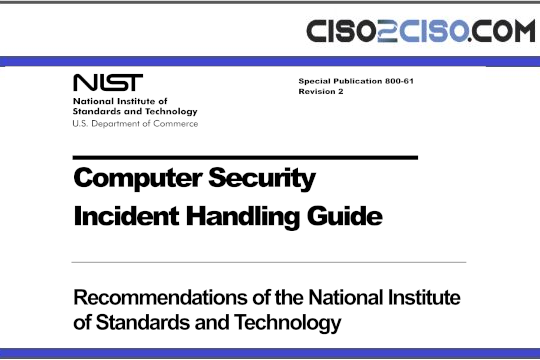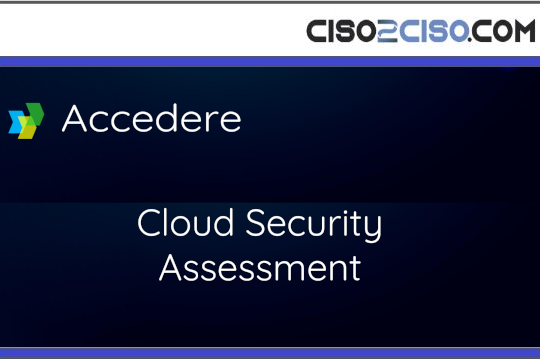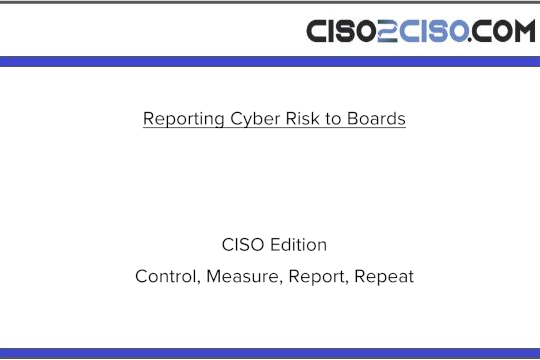The vulnerabilities are not dependent on one another. Exploitation of one of the vulnerabilities is not required to exploit the other vulnerability. In addition, a software release that is affected by one of the vulnerabilities may not be affected by the other vulnerability.
Details about the vulnerabilities are as follows:
CVE-2025-20335: Cisco Desk Phone 9800 Series, IP Phone 7800 and 8800 Series, and Video Phone 8875 with SIP Software Arbitrary File Write Vulnerability
A vulnerability in the directory permissions of Cisco Desk Phone 9800 Series, Cisco IP Phone 7800 and 8800 Series, and Cisco Video Phone 8875 could allow an unauthenticated, remote attacker to write arbitrary files on an affected device.
This vulnerability is due to a lack of proper authentication controls. An attacker could exploit this vulnerability by sending a crafted request to an affected device. A successful exploit could allow the attacker to perform arbitrary file writes to specific directories in the underlying operating system.
Note: To exploit this vulnerability, Web Access must be enabled on the phone. Web Access is disabled by default.
Cisco has released software updates that address this vulnerability. There are no workarounds that address this vulnerability.
Bug ID(s): CSCwn51679, CSCwn55709, CSCwn55710, CSCwn55712, CSCwn55714, CSCwn55725, CSCwn55726, CSCwn55727, CSCwn55728
CVE ID: CVE-2025-20335
Security Impact Rating (SIR): Medium
CVSS Base Score: 5.3
CVSS Vector: CVSS:3.1/AV:N/AC:L/PR:N/UI:N/S:U/C:N/I:L/A:N
CVE-2025-20336: Cisco Desk Phone 9800 Series, IP Phone 7800 and 8800 Series, and Video Phone 8875 with SIP Software Information Disclosure Vulnerability
A vulnerability in the directory permissions of Cisco Desk Phone 9800 Series, Cisco IP Phone 7800 and 8800 Series, and Cisco Video Phone 8875 could allow an unauthenticated, remote attacker to access sensitive information on an affected device.
This vulnerability exists because the product exposes sensitive information to an actor that is not explicitly authorized to have access to that information. An attacker could exploit this vulnerability by sending a crafted packet to the IP address of a device that has Web Access enabled. A successful exploit could allow the attacker to access sensitive information from the device.
Note: To exploit this vulnerability, Web Access must be enabled on the phone. Web Access is disabled by default.
Cisco has released software updates that address this vulnerability. There are no workarounds that address this vulnerability.
Bug ID(s): CSCwn51677, CSCwn52909, CSCwn52910, CSCwn52911, CSCwn52913, CSCwn52919, CSCwn52920, CSCwn52921, CSCwn52922
CVE ID: CVE-2025-20336
Security Impact Rating (SIR): Medium
CVSS Base Score: 5.3
CVSS Vector: CVSS:3.1/AV:N/AC:L/PR:N/UI:N/S:U/C:L/I:N/A:N



